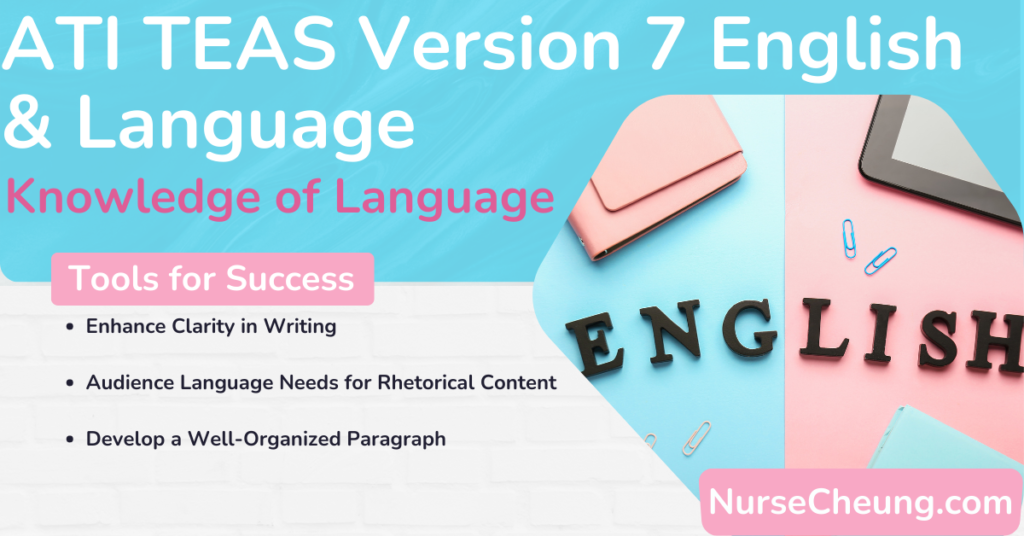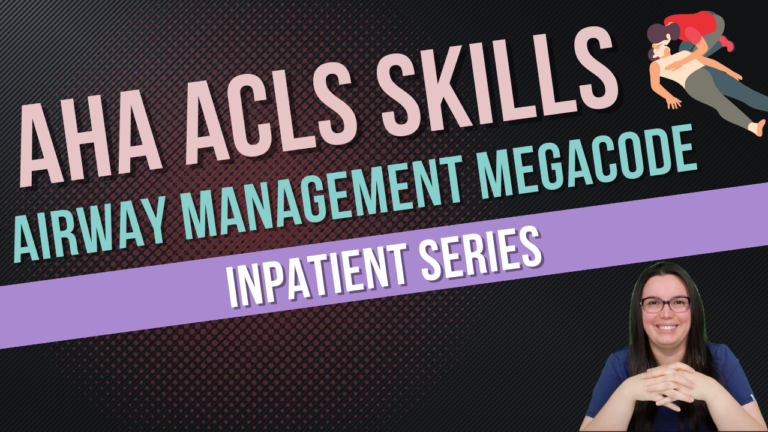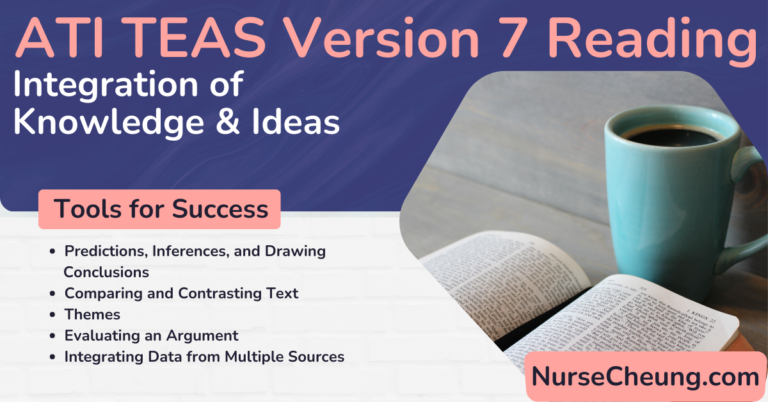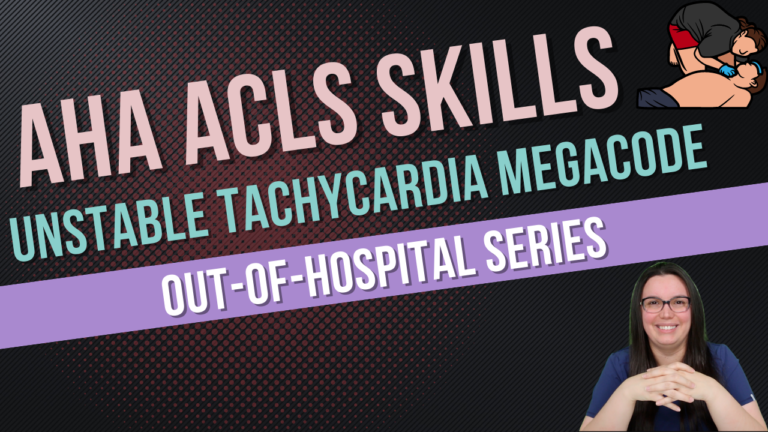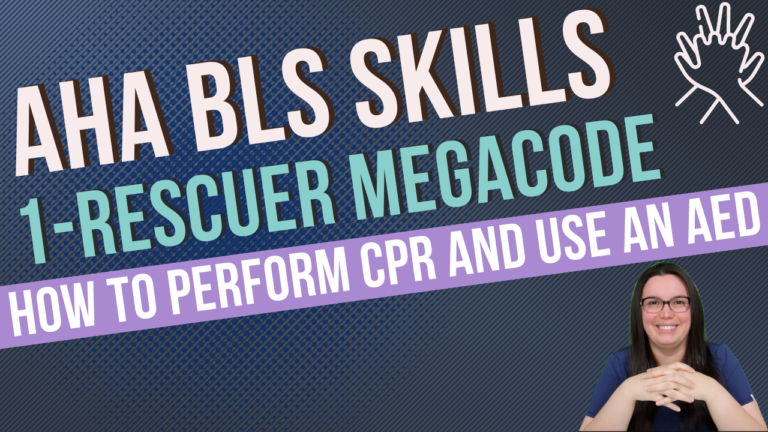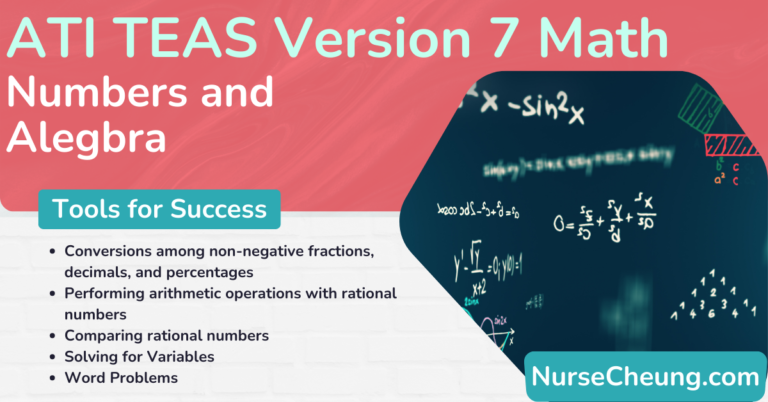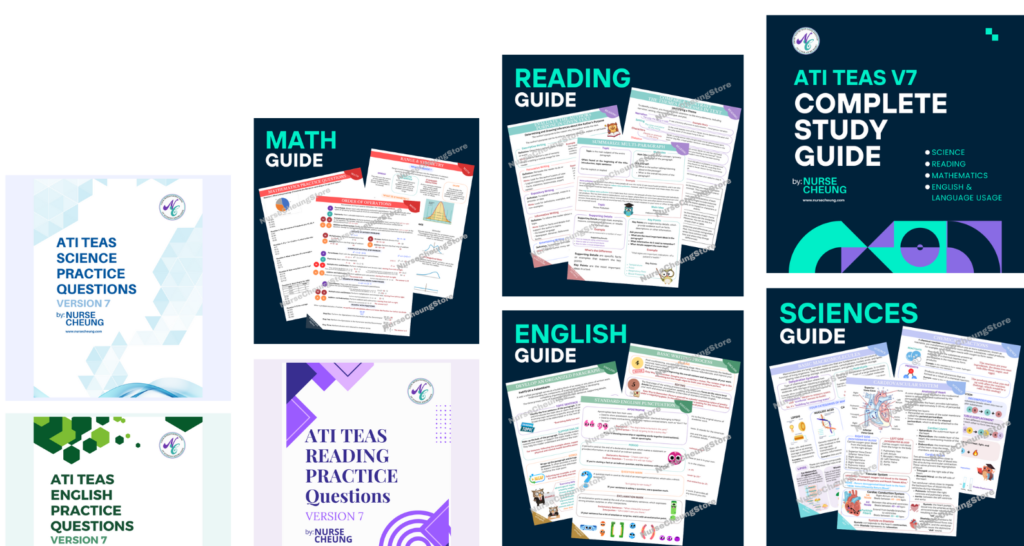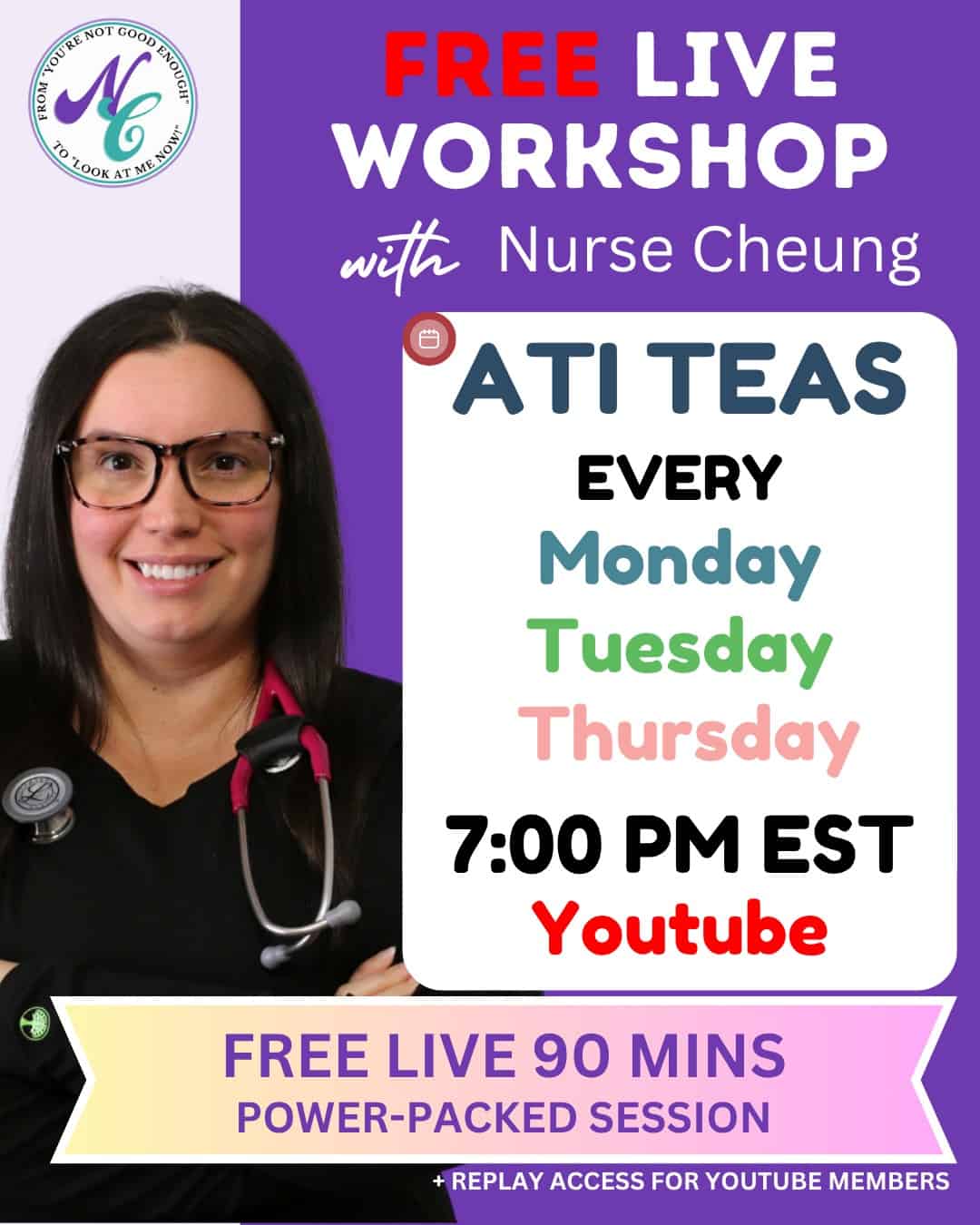The ATI TEAS English & Language Usage section tests your knowledge of the English language. You will be asked questions about grammar, vocabulary, and reading comprehension.
In this blog post, we will discuss some tips that will help you prepare for the English & Language Usage section of the ATI TEAS exam.
Objectives for Knowledge of Language
Total scored items on ATI TEAS: 11 questions out of 33
Use Grammar to Enhance Clarity in Writing
Complete Sentences
A complete sentence is made up of a subject and a predicate that communicates an action or state of being of the subject. The subject is the noun or pronoun that is doing the verb. The verb is the action taking place.
Example: I am writing a blog post about ATI TEAS English & Language Usage.
In this sentence, “I” is the subject, and “am writing” is the verb. The sentence is about the subject “I” and what “I” am doing, which is writing a blog post.
You will need to recognize incomplete sentences, or sentence fragments, which are missing a subject and/or predicate.
For example, Hoping to increase my score.
This sentence is missing a subject, so it is incomplete. It could be rewritten as:
I am hoping to increase my score.
Now that the sentence has a subject, “I,” and a verb, “am hoping,” it is complete.
Imperative sentences can also be complete sentences as long as the subject and predicate are present. The imperative form of a sentence is typically used when giving a command or making a request.
For example, Finish your homework!
In this sentence, “you” is understood as the subject, and “finish” is the predicate.
Transitions
Transitions words are used to connect ideas and relationships between ideas. Transition types can include agreement, opposition, cause, effect, examples, conclusion, chronology, and locations.
Here are some examples of transitions words that signal agreement:
also, certainly, indeed, in fact, naturally, of course, surely
Here are some examples of transitions words that signal opposition:
although, conversely, despite, however, in contrast, instead, nevertheless, on one hand…on the other hand, but, otherwise, regardless, still, yet
You will need to be able to identify how ideas are related to each other in a text.
For example, “The boy like birds, but he was afraid of cats.”
In this sentence, “but” is used as a transition word to signal that the second part of the sentence is in opposition to the first.
Tense
Tense refers to at what point in time an action occurred. The basic tenses can be past, present, and future. However, there are also variations of these tenses. For example, the present tense can be further divided into present simple and present progressive.
It is important to be able to identify and use the appropriate tense when writing.
For example, “Yesterday I went to the store” is in the past tense.
“I am going to the store” is in the present progressive tense.
“I will go to the store” is in the future tense.
Diction
Diction is the word choice that an author makes. An author’s diction can shape the tone or mood of their writing.
- Mood is the feeling that the author is trying to communicate to the reader.
- Tone is how the author’s words make the reader feel.
For example, If an author writes “The sky is blue,” the tone could be interpreted as positive or negative based on the mood of the rest of the text.
If the author writes “I am so excited to go on vacation,” the tone is positive.
If the author writes “I can’t believe I have to work on vacation,” the tone is negative.
You will need to be able to identify the author’s tone and mood based on their word choice.
Run-On Sentences
A run-on sentence is two or more complete sentences that are incorrectly joined together. There are three main ways to fix a run-on sentence.
The first way is to use a period between the two complete sentences.
For example, I have a cat his name is Mittens.
This sentence is a run-on because it is two complete sentences that are incorrectly joined together. It can be fixed by adding a period between the two sentences:
I have a cat. His name is Mittens.
The second way to fix a run-on sentence is to use a comma and a conjunction.
For example, I have a cat, and his name is Mittens.
In this sentence, the comma is used to join the two complete sentences, and the conjunction “and” is used to signal that the second part of the sentence is related to the first.
The third way to fix a run-on sentence is to use a semicolon.
For example, I have a cat; his name is Mittens.
In this sentence, the semicolon is used to join the two complete sentences.
You will need to be able to identify run-on sentences and fix them using the appropriate punctuation.
Evaluate if Language Meets the Needs of an Audience for a Provided Rhetorical Context
Identifying a Narrator's Setting or Scenario
When you are reading a text, it is important to be able to identify the narrator’s setting or scenario. The setting is the time and place of the story, and the scenario is the series of events that make up the story.
For example, “It was a dark and stormy night” is a setting.
“The boy was walking home from school when he saw a cat in the tree” is a scenario.
When you are reading these passages, you may need to ask yourself these questions:
- Who is telling the story?
- When and where is the story taking place?
- What series of events make up the story?
- Who is the attended audience?
- What is the author’s style?
Revising Language for Style, Tone, and Register Formal Language
Formal language is the kind of language that is used in a formal setting, such as a classroom or a business meeting. Formal language is usually more precise and less personal than other kinds of language.
For example, “What is your name?” is a formal way to ask someone their name.
“What’s your name, dude?” is a less formal way to ask someone their name.
Tone of formal language tends to be serious and neutral. So writings that include humorous and ironic text would not be considered formal.
Informal Language
Informal language is the kind of language that is used in a less formal setting, such as with friends or family. Informal language is usually more personal and less precise than other kinds of language.
For example, “What’s your name?” is an informal way to ask someone their name.
“What is your name, sir?” is a more formal way to ask someone their name.
Tone of informal language can be more conversational, so it can include text that is humorous or ironic.
Slang is another form of informal language that is very casual and is often used by a specific group of people.
For example, “What’s up?” is a form of slang.
It is important to be able to identify the difference between formal and informal language, so that you can use the appropriate language for the audience you are writing for.
Revising Informal and Formal Language
It is important to be able to identify the difference between formal and informal language, so that you can use the appropriate language for the audience you are writing for.
Here are some tips for revising informal language to make it more formal:
- Use standard English rather than slang or contractions
- Use specific and concrete rather than vague or general language
- Use a formal tone rather than a conversational tone.
For example, instead of saying “I’m going to the store,” you could say “I am going to the grocery store.”
Here are some tips for revising formal language to make it more informal:
- Use contractions such as “don’t” or “can’t”
- Use slang or colloquial expressions
- Use a conversational tone
For example, instead of saying “I cannot come to the meeting,” you could say “I can’t make it to the meeting.”
Revising Language for Culturally Diverse Audiences
When you are writing for a culturally diverse audience, it is important to be aware of the different cultural backgrounds that your audience may have.
Some things to consider when writing for a culturally diverse audience:
- Use language that is inclusive of all cultures, genders, races, and religions
- Avoid using stereotypes or making assumptions about your audience’s culture
- Be aware of the different connotations that words may have in different cultures
For example, instead of saying “He is from a different culture,” you could say “He comes from a diverse background.”
Gender-baised language should also be avoided as well. For example, instead of saying “A physician should explain the procedure to his clients” you could say “Physicians should explain procedures to their clients.”
Develop a Well-Organized Paragraph
Knowledge of Language
The ability to use language effectively is important in all aspects of life. Whether you are writing a paper for school, communicating with co-workers, or simply talking to friends, being able to use language correctly will help you to be more clear and concise.
On the ATI TEAS, you will need to identify conventions of paragraph developing including topic sentences, supporting details, transitions, and conclusions. You will also need to revise irrelevant information where more information is needed.
Parts of a Paragraph
In order to develop a well-organized paragraph, it is important to understand the different parts of a paragraph.
A paragraph is a group of related sentences that share a common topic.
A paragraph usually starts with a topic sentence, which introduces the main idea of the paragraph.
The rest of the paragraph should provide supporting details for the main idea.
A paragraph should also have a conclusion, which summarizes the main idea of the paragraph.
For example, if the topic sentence is “I like to eat ice cream,” the supporting details might be “ Ice cream is my favorite dessert. I always have ice cream after dinner.” The conclusion might be “I really enjoy eating ice cream.”
Another example, if the topic sentence is “Jessica is an excellent student,” the supporting details might be “She is intelligent and responsible. Jessica always does her homework, and she is never late for classes. She receive high scores for her work.” The conclusion might be “As a result of her hard work, Jessica is one of the best students in school.”
Logical Order in Paragraphs
When you are writing a paragraph, it is important to put the sentences in logical order.
- The first sentence of the paragraph should introduce the topic.
- The following sentences should provide supporting details for the topic sentence.
- The last sentence of the paragraph should be a conclusion that summarizes the main idea of the paragraph.
It is often best to organize paragraphs in chronological order. This means that the sentences are arranged in the order that they happened.
For example, if you are writing about a trip to the zoo, you would arrange the sentences in the order that they happened: First we went to see the elephants, then we saw the lions, and after that we saw the monkeys.
If you are writing about more than one topic, you can arrange the paragraphs in order of importance. The most important information should be in the first paragraph, with the following paragraphs providing supporting details.
For example, if you are writing about your favorite book and your favorite movie, you might start with the paragraph about your favorite book.
Identifying Unneccessary and Omitted Information
When you are writing a paragraph, it is important to include only relevant information.
If you include information that is not related to the topic sentence, it is considered unnecessary information.
For example, if the topic sentence is “I like to eat ice cream,” including a sentence about your favorite color would be considered unnecessary information.
If you leave out information that is relevant to the topic sentence, it is considered omitted information.
For example, if the topic sentence is “I like to eat ice cream,” and you do not mention what flavor of ice cream you like, that would be considered omitted information.
When questioning whether a topic is right for a paragraph, you should ask yourself “Does this sentence support the main idea?” If it does not, delete it or move the sentence to another paragraph that fits better.


